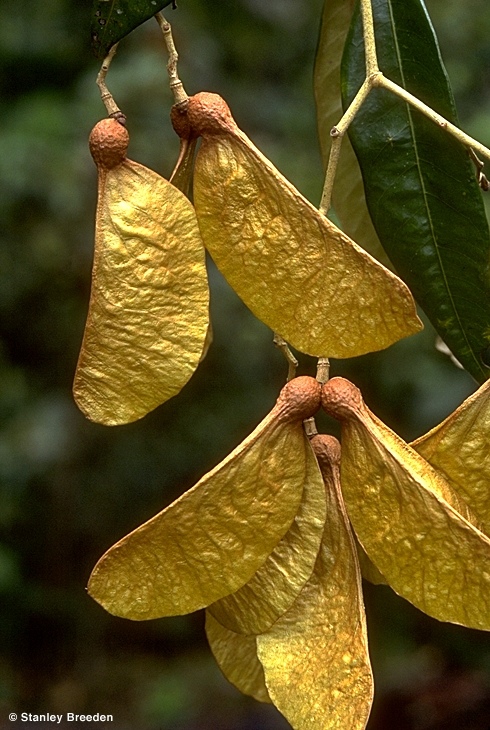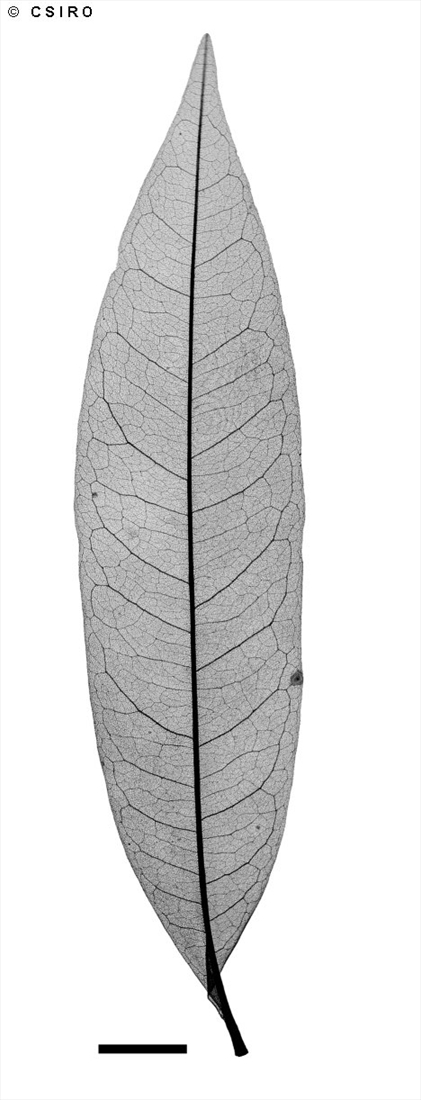Australian Tropical Rainforest Plants - Online edition
Argyrodendron sp. Boonjee (B.Hyland 2139RFK)






Provisional HISPID phrase name.
Oak, Red Tulip; Oak, Boonjie Tulip; Red Tulip Oak; Boonjee Tulip Oak
Bark often coarsely flaky but not obviously tessellated.
Younger leaves shiny brown on the lower surface. Leaflet blades about 7.5-15 x 1.8-4.2 cm. Midrib slightly raised or slightly raised in a groove on the upper surface of the leaflet blade. Twig bark strong and fibrous when stripped. Pores in the twig pith visible with a lens and just visible to the naked eye.
Cotyledons fleshy, about 12 x 10 mm. First pair of leaves ovate, apex acuminate, lower surface brown from scales. At the tenth leaf stage: leaves glabrous on the upper surface, lower surface brown from scales, midrib flush with or depressed on the upper surface; stipules small, scaly, caducous. Seed germination time 16 to 36 days.
Produces a useful general purpose timber suitable for house construction where not exposed to the weather. Particularly well suited for polished floors.
Wood specific gravity 0.91 Cause et al. (1989).





